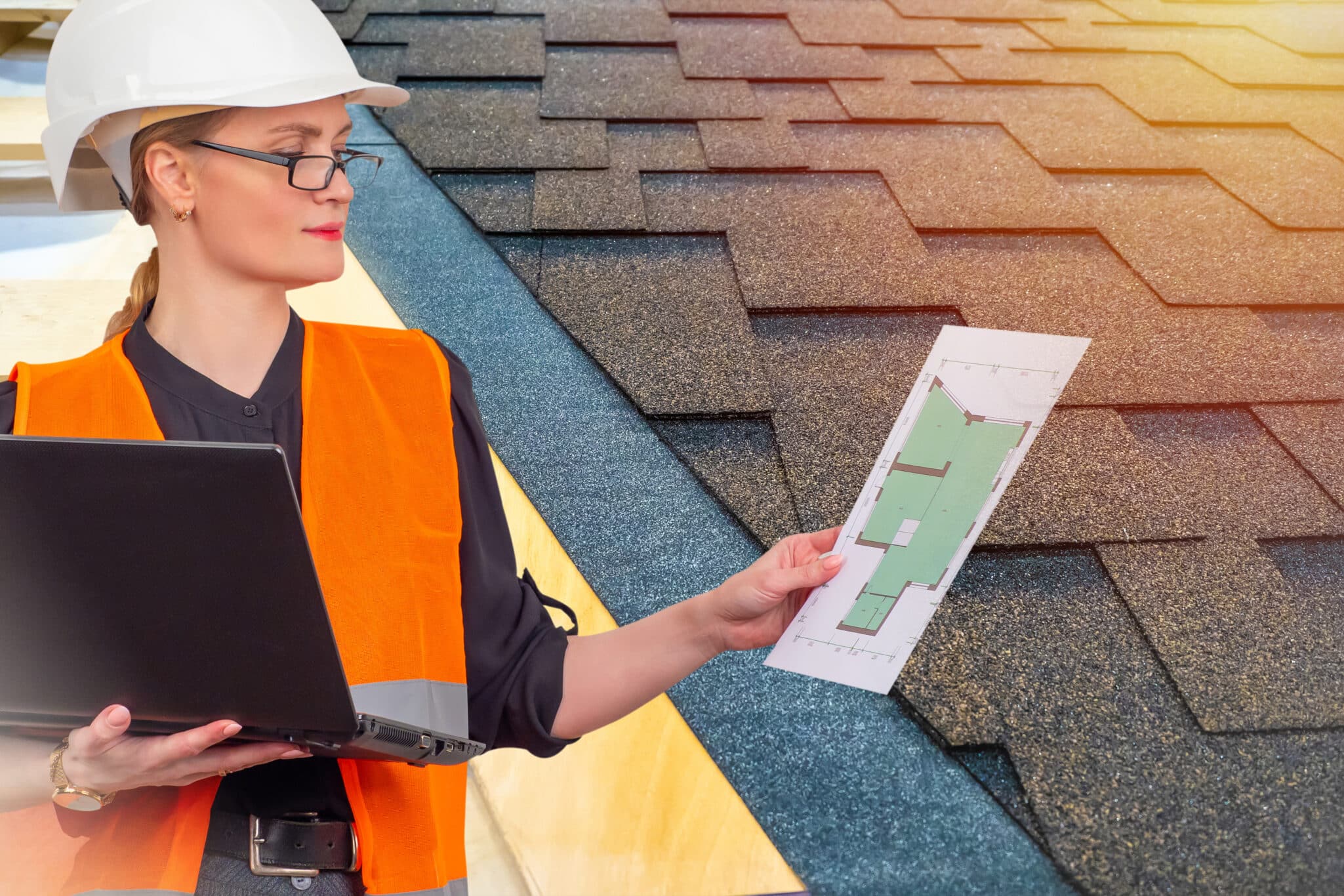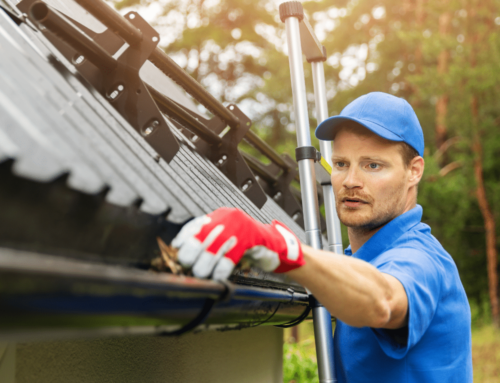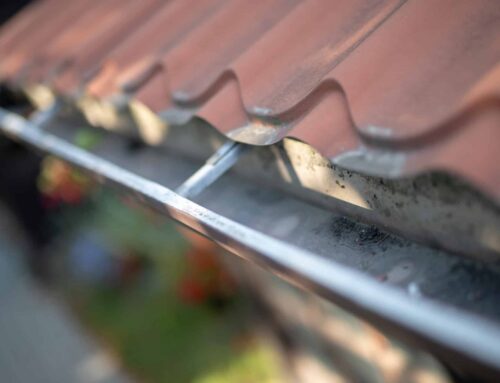Many homeowners are unaware that their standard homeowner’s insurance policy includes wind and hail damage protection. This means that if a storm hits and damages your roof, chances are you’ll receive coverage.
But some things are not covered under standard policies, and knowing what those are can help avoid surprises when you file. Things like wear and tear or failed DIY repairs will not be covered and could even void any potential coverage if your roof wasn’t in good condition before it received storm damage.
There are some key things to know to get insurance to cover your roof replacement, and we’ll detail them below.
Know Your Policy and What Should Be Covered
Raise your hand if you’ve skimmed over a policy without really reading it, then signing it anyways (reluctantly raises hand). This can be a big mistake when it comes to your homeowner’s insurance.
There is a lot of fine print and many circumstantial coverages that you will definitely want to know about when you need it most. When you first buy your home, you should read through your policy closely, highlighting important areas that can be easily referenced when you file a claim. You should also add on additional critical coverage such as flood or earthquake insurance if you live in areas with a higher likelihood of those events.
A standard insurance policy will frequently cover roof damages from the following:
- Lightning
- Fire
- Smoke
- Hail
- Wind
- Falling objects/debris
- Freezing
- Vehicles or aircraft
- Collapse from excess weight
- Sudden or accidental pipe bursts, electrical surges, or steam
Typical roof damages NOT covered under a standard insurance policy:
- Earthquakes
- Floods
- Animal or insect infestation
- Wear and tear
- Negligence
- Smog
- Rust or corrosion
- Warping or settling from your foundation
Document the Damage
If you sustained storm or other accidental damage to your roof that you believe needs repairs or replacement: document, document, document. The more photos and documentation you can get after it just happened, the better off you may be for getting proper coverage.
Insurance adjusters or your contractor will also document damages when they do their inspection, but for peace of mind and security, you can document it yourself as well. This can help fight against any fraudulent repairs or estimates given to you by less-than-trustworthy contractors. We’ll cover some tips for avoiding scams in a little bit.
Documentation of damages can look like:
- Photos
- Video
- Handwritten notes
- An inspection separate from insurance
- Before and after photos (if available)
- Eye witness reports
The more information you can gather, the better off you’ll be in getting insurance to pay for your roof replacement. Smartphone pictures and video should suffice if you don’t have a point-and-shoot camera.
When you inevitably end up hiring your contractor, they can keep a record of the documentation you made and add it to the photos and videos they’ll collect during their own inspection.
Contact Your Insurance Company ASAP
When a storm strikes, time is of the utmost importance. The longer you put off filing your claim, the more at risk your home becomes to leaks and other damage, and the less likely you will get full coverage.
Like we stated above, negligence can void any coverage if you put off making repairs for weeks, months, or years after the damage occurred. So act fast!
Some tips for filing your insurance claim include:
- Make sure to read through your policy carefully, so you know what is covered before your begin.
- If possible, find an insurance adjuster who has experience with roof replacements.
- Be clear and concise in your explanation of the damages
- Include photos and video.
- Keep track of all paperwork, including estimates and invoices.
- File your claim as soon as you can.
- You can make your claim simultaneously with finding a contractor to inspect your roof as well.
- OR wait to work through it with your contractor.
Find a Reputable Roofing Contractor like Premier Roofing
That brings us to our last tip for getting insurance to cover your roof replacement. It’s essential to do your research and find a reputable contractor who has good work history. A trustworthy person will also willingly help you navigate the complicated process of filing an insurance claim.
If they’ve been around awhile, chances are they’ve worked with just about every insurance company with every level of damage. They, of course, want to support you in getting your new roof covered and can alleviate a lot of stress by working in tandem with you and your insurance company.
Some tips for finding a good-standing, reputable roofer include:
- Asking for referrals from friends, family, or neighbors
- Checking reviews online
- Checking out photos of previous projects
- Read testimonials on their website (if applicable)
- Find contractors with excellent warranties (workmanship and manufacturer)
- Checking out local roofers
- Hiring Premier Roofing





